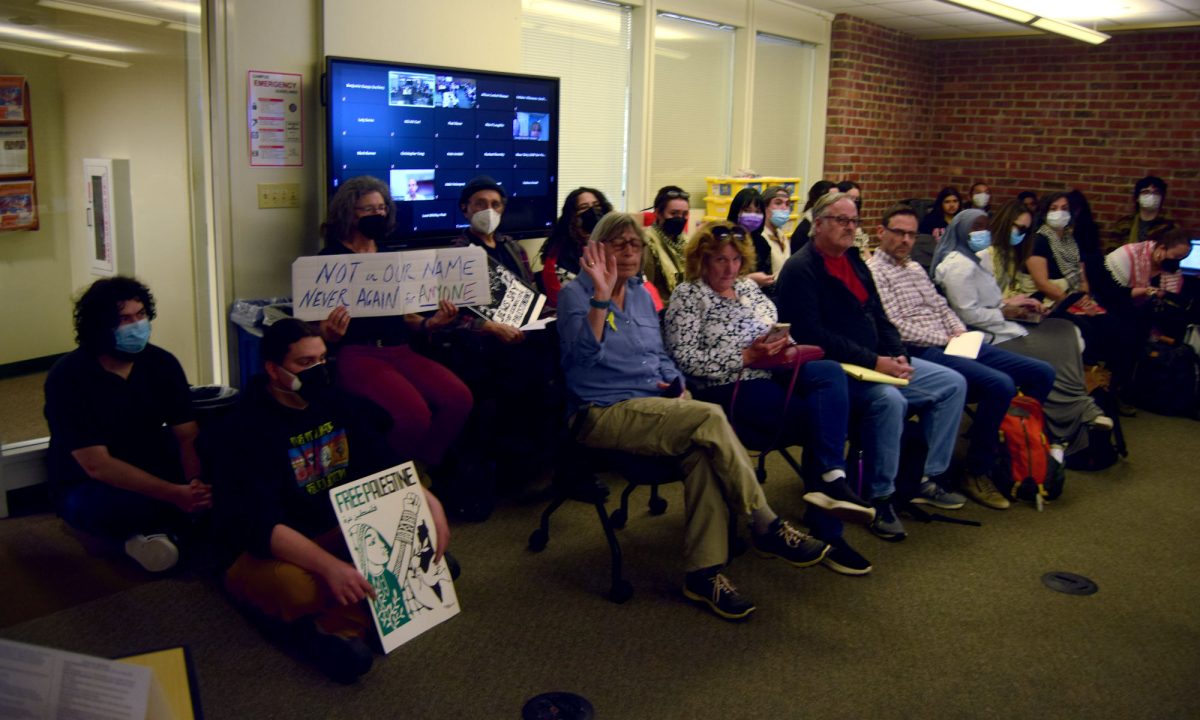Ok, what is asbestos?
Asbestos is a naturally occurring fibrous silicate mineral used in construction or manufacturing products, which is has been linked to certain types of cancer such as mesothelioma (mesotheliomahelp.net). Galiher Derohertis Ono from the Mesothelioma Knowledge Center describes asbestos as a mineral resistant to flame and heat, which is used as an ingredient for thermal insulation, fireproofing, electrical applications, gaskets, packing and friction products. This product has been used in nearly everything, it’s everywhere. Asbestos could even be in your own home due to the long history of its commercial use.
How did it all get started?
Ono cites that asbestos is traced to the mine located on the island of Ewoia founded around the first century A.D. Historians conjured that it was used as early as the time of the Holy Roman Empire (962 – 1806) in building materials and women’s clothing according to his article, “Widespread Use of Asbestos” (Aug 30 2012). The article explains how during the Holy Roman Empire, Romans threw their asbestos tablecloths and napkins into the fire to clean them, this exemplifies just how powerful this mineral was. Other uses during the Roman Empire included the Egyptians using asbestos cloth to cover the deceased and used it for fashion suits and armor.
The usage of asbestos during the Industrial Revolution was crucial when factories became immense in the manufacturing and hiring process, Ono describes that railroad engineers used asbestos to line refrigeration units, boxcars and cabooses. Asbestos was used for heating purposes such as in insulation for pipes, fireboxes and boilers. The mineral was so popular it was even used by the shipyard industry for steam pipes, boilers, hot water pipes and incinerators in the ship building process as summarized in the article.
Due to its “miracle” type of components and the effectiveness of this mineral, it began making its way into household products such as: irons, toasters, jewelry manufacturing and repair products, dental moldings, welding gloves, laboratory equipment and grinding wheels. Ono states than an immense amount of asbestos was used as strengthening agents for purposes such as paints, coatings, adhesives and it was highly regarded for cutting, sawing, mixing and installing. Even throughout the height and fame of this mineral, unfortunately, exposure to asbestos had negative health effects that eventually led to sickness and death because due to the fibers it expels.
Asbestos in vehicles?
Yes, Ono describes that the use of asbestos was not just used in factories, it was used in clutch plates, brake pads and shoes of vehicles as well. Due to friction purposes, asbestos was used in elevators and anything else for this matter. Asbestos became like a number one product for its commercial use, not only was it used even in buildings, due to its fire resistant capacity, it was used for wall insulation, floor and ceiling tiles, roofing, tar and shingles. Ono’s article claims the highest use of asbestos mineral was from the 1940’s to the 1970’s, with a whopping record of over 3,000 products that it was used in for manufacturing.
Are there different kinds of asbestos’ minerals?
Yes, an article, “What Characterizes the Different Types of Asbestos?” (Aug 2012) from the ASBESTOS (Mesothelioma & Abestos Cancer Resource website describes these distinctive types of asbestos:
Chrysotile, the most common type used for industrial and commercial purposes. It is the “white” asbestos that’s used in pipe insulation, roofing shingles and fire blankets.
Crocidolite, is the most deadly form of asbestos (spelled almost like crocodile). These sharp, needle-like fibers are easily breakable and difficult to get rid of once their inhaled or consumed.
Amosite, having a brown or gray hue, it’s known for its strong heat resistance, therefore it’s used in thermal insulation products. Amosite is made up of white, gray or green fibers,
Tremolite, is a type that people have minimal exposure to because it’s not used commercially like the others. On the other hand, these razor-like fibers can easily get into a person’s airways and cause serious health concerns.
Rare types of asbestos include, the anthophyllite, which are white, gray or brown in color and actinolite, which is used as a contaminant in products.
What are the effects on health?
First, let’s begin with the definition of what mesothelioma is; it’s a rare type of cancer that occurs in the thin layer of the tissue covering the organs according to a CNN Health article titled, “Mesothelioma,” (August 2010). There are various kinds of this cancer that affect the lungs, abdomen, the heart and types that affect the testicles. Mesothelioma, like other types of cancer is aggressive and deadly and unfortunately, there’s no cure just treatment to soothe the symptoms.
What are the signs of this cancer?
The CNN article describes signs of mesothelioma that include chest pain under the rib cage, painful coughing, shortage of breath, acknowledgment of strange lumps of tissue under the skin or chest and sudden weight loss. Lumps of tissue in the abdomen may also result. Fatigue or anemia, difficulty swallowing, pain or tightening in the chest, swelling of the neck or face, coughing blood from the lungs, according to National Cancer Institute (May 1 2009).
How does it cause mesothelioma and other cancers?
The CNN Health article explained the majority of people who’ve been diagnosed with mesothelioma have been exposed in some manner directly or indirectly from their work place or type of occupation. The occupations that are “high risk” include but are not limited to: ship builders, auto mechanics, construction workers, factory workers, miners and insulation manufacturers. Other places of exposure include older homes and buildings where that workers have built or lived in.
National Cancer Institute also states….
Exposure to asbestos may increase the risk for mesothelioma and other forms of cancer, especially diseases that affect the lungs. The reason is that those who are either exposed to asbestos at home or work inhale small asbestos’ fibers that are released into the air when the products containing it are disturbed. When fibers are inhaled, they are sequestered in the lungs and remain for unknown periods of time.
The consequence is that the fibers accumulate and eventually cause inflammation, which then can cause some of the symptoms mentioned earlier. Asbestos has also been known to cause other diseases including but not limited to asbestosis, which is a inflammatory disease which causes symptoms similar to mesothelioma, targeting the lungs.
The National Cancer Institute also claims asbestos exposure has been linked to other nonmalignant lung and pleural disorders like: benign pleural effusions that are unusual collections of fluid between the thin layers of tissue lining the lungs and the wall of chest cavity. These pleural plaques are changes within the membranes surrounding the lungs. Those with pleural disorder due to asbestos exposure also have a higher chance of catching lung cancer as well.
Good News!
According to the National Cancer Institute, low levels of asbestos is present in water, soil and the air, therefore those who aren’t constantly exposed through either their occupation or place of work have a lesser risk of being diagnosed with mesothelioma.
Examples of those who have the highest risk of having mesothelioma exposure due to asbestos include: workers in shipbuilding trades, manufacturing of asbestos textiles and products, demolition workers, dry wall removers, asbestos removal workers, fire-fighters and automobile workers. Disease formation due to exposure is not always imminent. Factors also depend on the amount of time exposure existed; the duration, size, shape and chemical makeup of the fibers and the origin of the exposure. Other factors include smoking and preexisting lung or cancer conditions.
Detection.
The Institute also finds that those who’ve had exposure to asbestos should request chest x-ray and lung function tests. Other tests that can find asbestos fibers inside the body include a lung biopsy. The biopsy detects microscopic pieces of asbestos fibers among lung tissue. Detection techniques also include: Positron Emission Tomography (PET), detects abnormal metabolic mannerisms enabling it to diagnose a particular disease with the use of a camera.
How can I prevent Exposure?
Occupational safety and Health administration (OSHA) suggests workers should utilize protective gear and follow safety rules for those who work in “high risk” occupations.
Are there government laws or protection?
There is no legislation or law that prevents people from asbestos exposure. There have been attempts made by members of U.S. Congress to enact laws such as the Fairness in Asbestos Injury Resolution Act. If passed, this bill would alleviate the financial woes of asbestos-related to cancer victims, allowing a national trust fund to compensate victims. This law would enable those with asbestos-related symptoms and disease to process claims outside the court system. These funds would be supported by insurance companies and companies that sold, mined or manufactured asbestos infected products, (The National Cancer Institute).








